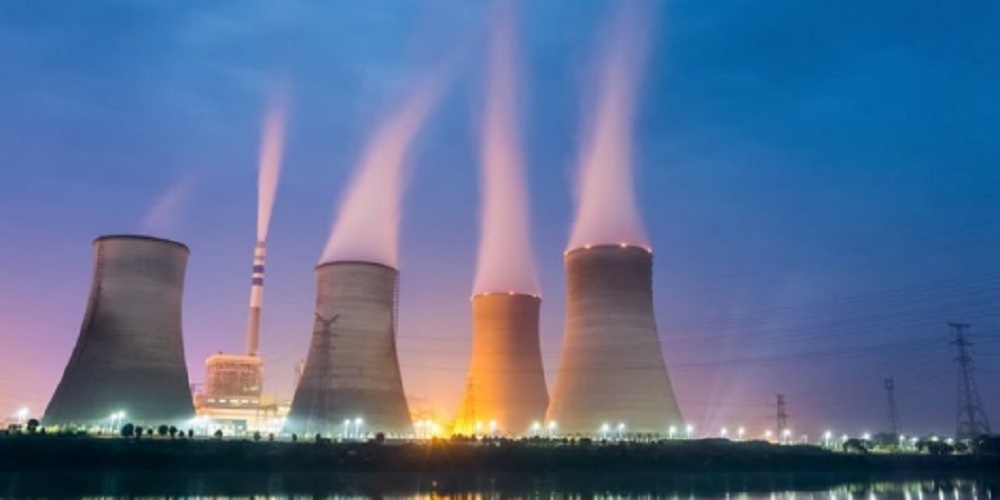What is a neutron?
We explain what a neutron is, how it was discovered, its function and properties. In addition, what it is and what nuclear fission is used for.
-
What is a neutron?
A neutron is a type of subatomic particle , that is, of the particles that make up the atoms of matter , present in the nucleus of some atoms and endowed with a neutral electric charge (0). All atoms in the universe are made up of neutrons, protons (of positive electrical charge) and electrons (of negative electrical charge).
Neutrons are ordinarily found in the nucleus of most atoms (all except hydrogen), next to protons. They are held there together by strong nuclear forces, while electrons dance around in different orbits . That is why protons and neutrons are known as nucleons .
-
Neutron Discovery

Before the discovery of the neutrons, there was an unknown factor regarding the mass and charge of the atoms, especially when it was shown that the electrons could not be in the atomic nucleus, but that the nuclear mass did not correspond exactly to the total mass of the protons
Thus, the German physicist Ernest Rutherford, who discovered the protons, proposed in 1920 the need for a neutron , that is, a particle that contributed mass to the atom without modifying its electrical charge.
Years later, neutrons were discovered in 1932, by the English physicist James Chadwick , winner in 1935 of the Nobel Prize in Physics . Thanks to different experiences and studies of the radiation obtained by striking paraffin or other hydrogen-rich compounds, Chadwick showed that the physical predictions did not correspond to the observed phenomenon.
In other words, the radiation obtained came from particles similar to the proton, but did not have an electric charge. That was the first experience that led to the formal finding of the neutrons.
-
Neutron Properties
Neutrons have a mass similar to that of the proton , but slightly larger (1,00137 times), and therefore much larger than that of the electron (1838.5 times). Like protons, they are composed of fundamental particles called quarks , whose total electric charge adds up to zero: two quarks ” down ” (one down) and one ” up ” (up).
When they are in the atomic nucleus, the neutrons are stable and durable, but when they are outside, in a free state, they have a half-life of 879.4 seconds, before decomposing into a proton, an electron and an electronic antineutrino. This is what often happens inside nuclear plants, where there is a high concentration of free neutrons.
-
Neutron Function

Neutrons fulfill a stabilizing function within the nucleus of the atom , that is, they provide the necessary mass to support itself and that there is no conflict between the opposite charges of electrons and protons.
However, free neutrons can be used for other functions, convenient for humans . For example, it is used for the penetration and visualization of materials , through its controlled emission.
They are also used in nuclear fission, that is, the rupture of the atomic nucleus by bombarding it with free neutrons, thus causing reactions that release enormous amounts of energy . This, of course, involves many dangers, since the uncontrolled emission of neutrons can damage the structure of the basic proteins of living beings (ionizing radiation).
-
Nuclear fision
Nuclear fission is a form of rupture of the atom , specifically of atoms of heavy materials such as uranium (U) and its stable isotopes.
This procedure consists in bombarding the uranium nucleus with rapid neutrons , thus achieving its cleavage and energy release, and next to it new free neutrons, in a chain reaction capable of generating high levels of usable energy.
When this reaction occurs in a controlled environment, it can be used to generate electricity through turbines and use it for human uses, just as it occurs inside nuclear plants. The nuclear energy is relatively safe and very cost effective, but involves certain risks as by – produced toxic substances (radioactive).
On the contrary, when this reaction occurs in an uncontrolled way, we are in the presence of an atomic bomb , one of the most destructive warlike inventions that the human being has been able to conceive, just as those that the US government threw on the Japanese cities of Hiroshima and Nagasaki in World War II .





